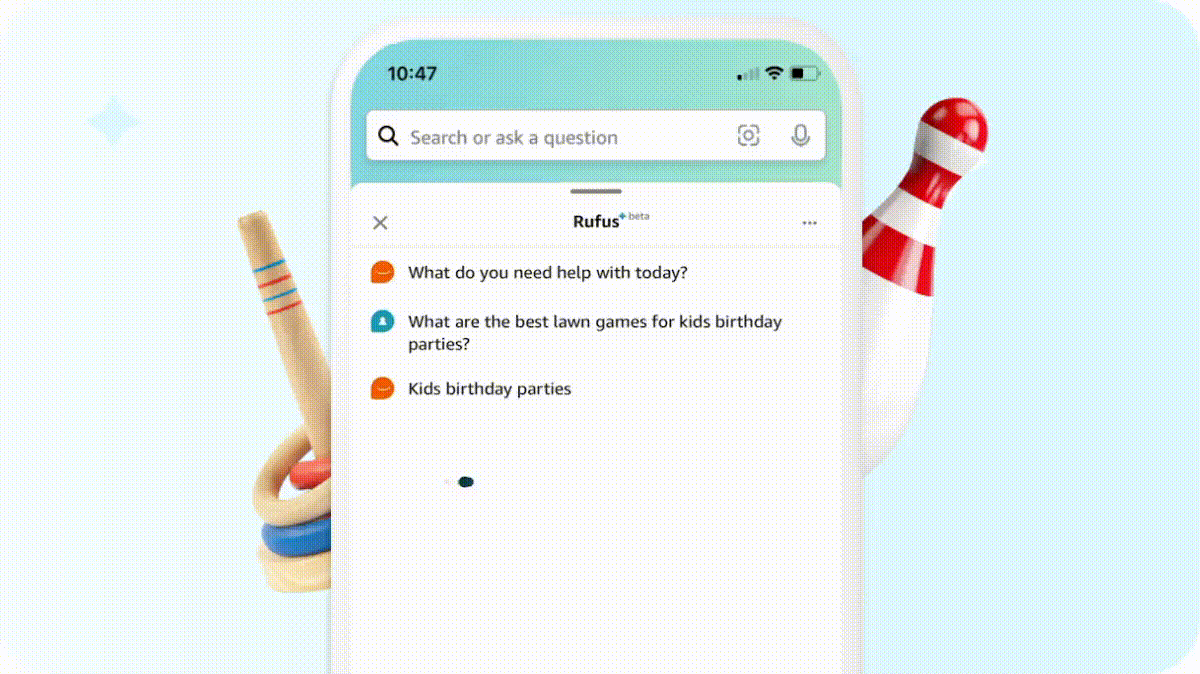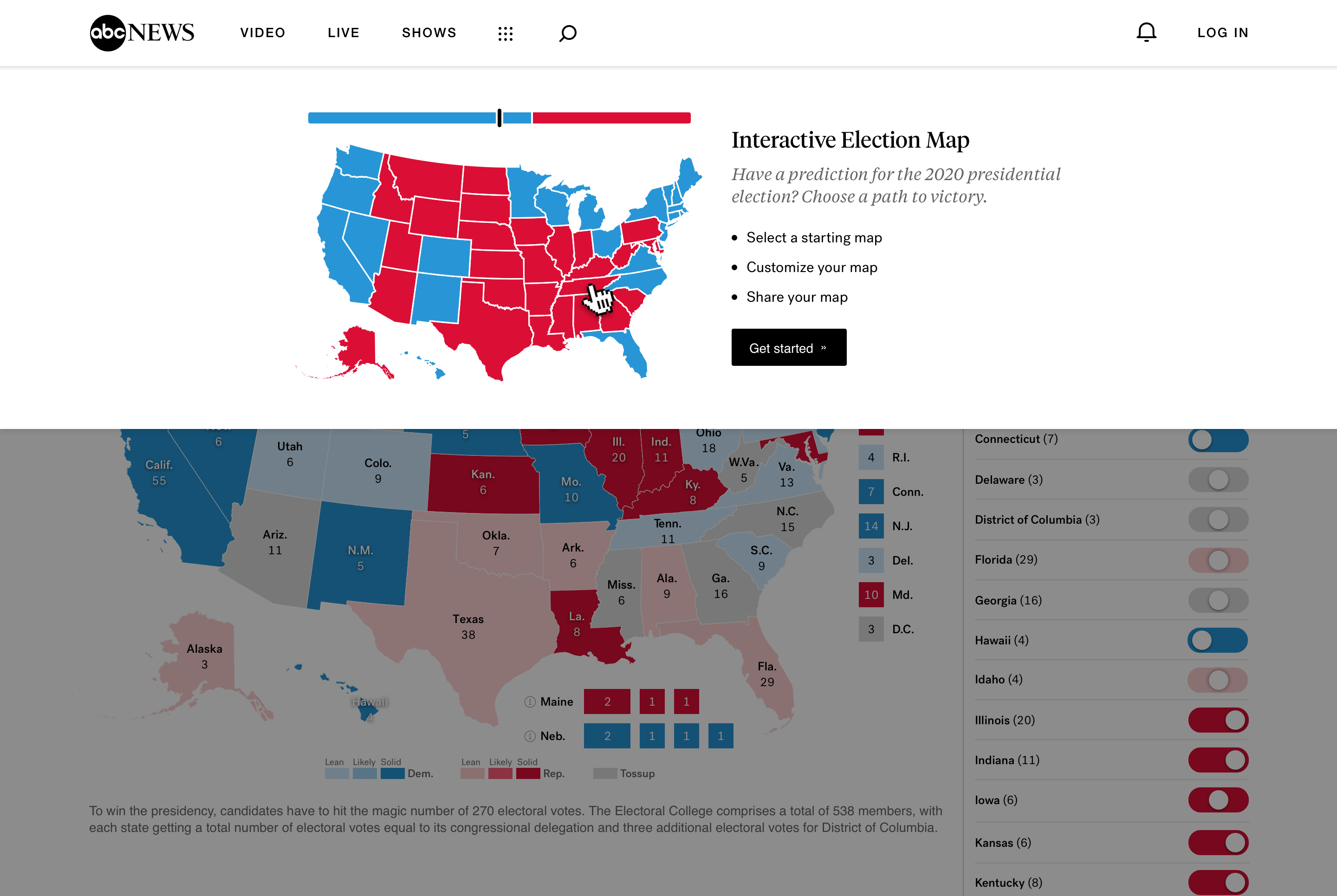
OVERVIEW
Rufus & Ads
Rufus is Amazon's AI-driven conversational shopping assistant, designed to help customers save time and make better informed purchased decisions by addressing their specific shopping needs.
As Rufus evolves, we aim to enhance the experience by improving brand and product discovery through relevant sponsored ads that help customers find products related to their conversations with Rufus.
Overview Project Headline.
Platform(s): Web / Mobile / AI
Amazon launched the beta for Rufus AI in 2024. As Rufus continues to evolve to provide customers better answers, we needed to think about how we can integrate an ads experience within Rufus without being disruptive but beneficial to the customer's shopping journey.
As customers adopt to Rufus and pivot away from the standard shopping journey, we need to surface sponsored products and brands that customers might typically see in their shopping journey. This would benefit our sellers, advertisers, and customers by promoting them the right product.
TIMEFRAME
Q2 '2024 - Q4 '2024
ROLE
Ads Design Lead
TEAM
Product Managers, Engineers, Rufus UX Team, Director and above stakeholders
IMPACT
1 - 2 metrics

Current Rufus Experience
Additional Links (Remove if not needed):
Additional Links (Remove if not needed):
Challenge
Problem statement & why?
What was broken, inefficient, risky? What is missing that can be beneficial to users? Why are we building this?
Business problem:
User problem:
Risk/What was at stake:
Role, Ownership, & Collaboration
I was responsible for:
Worked closely with:
-
Constraints, Risks, & Success Metrics
Business: e.g, Must launch by Q2 for leadership review
Technical: e.g, Required internal LLM, no external data calls
Legal/Compliance: e.g, P2 cannot surface in training data
Product KPIs: e.g, Reduce workflow time by 30%, increase adoption 20%
UX Success Measures: e.g, >70% AI assist acceptance rate

Discovery & Research Insights (if any)
Methods used: interviews, contextual inquiry, data analysis, workflow shadowing
Key insights (3 - 5 only):
1.
2.
3.
Add artifacts/evidence (optional):
- Pain point heat map
- Before workflow
- Journey map

Opportunity Framing
Converts research into design-impactful decisions
Opportunity / Root Cause / Design leverage


Key Design Decisions
Decision 1
What changed:
Why it mattered:
Trade-offs made:
Decision 2:
(Include dead ends, tested alternatives, pivots)
Final Designs
Final UI / Demo
Feature Sections:
- AI Assist Panel w/ Confidence scoring
- Task compression workflow
- Human override & Audit trail
Use sub-toggles for deeper breakdwons
Show edge cases (if needed, empty, loading, error states)
Results & Impact
Metrics if any
41 -> 76 NPS in pilot cohort
This replcaes 2 spreadsheets and 3 tools - Finance director
What increased etc,etc